In a world as harsh as Jhoutai, Meyfar was our first sort of coping mechanism. It felt like the land's first gift in a sea of punishments. We took it happily, and we use it even as we expand into the stars.
Meyfar is a plant family with many subspecies and genetic enhancements. The leaves are commonly used for cooking, consuming, refining, and smoking. The plant itself is native to the deserts of Jhoutai and was discovered during the first colonization attempts of the mainland.
Its cultivation was not practiced until the Sazashi had stabilized their settlements and began to form nations. In the Banner Era, Meyfar products are universal and are primarily exported by the Valuselu Pact.
The Plant
Meyfar in its natural state is a tree with a bulbous shape. The tree grows to an average of eight feet with the largest specimens reaching fifteen feet measured from trunk to ground. From the broader bottom, a layer of cork-like bark protects the tree from damage. Long, narrow leaves grow from a flare of branches that spread from the top. The weight of older leaves curve them down towards the ground in a cascade of green. In the wild, the trunk of the Meyfar plant are spiked with thorns coated with a small dosage of paralytic poison. Most cultivated Meyfar has been bred to grow without thorns, making harvesting easier.
Ka history is packed with our people splintering from war, drought, famine, everything.
Always our people found a new Pathfinder plant and always we found a new home underneath it. Now let's celebrate the Pathfinder with a mug of Kail!
The Pathfinder Plant
The trees themselves prefer the hot and arid environments of Jhoutai's desert regions, but are very receptive to hydroponic beds because of trees can grow shallow roots and have low nutritional requirements. The roots of these trees can grow several dozen feet in length, and only grow in Jhoutai Table Coral corralums.
These thick roots grow outwards inside the cave until they find pockets of moisture. They tend to grow in a circle around a cave or ravine entrance, this has led to the Meyfar being dubbed the "Pathfinder", as it can mark an shallow water source under the corralum.
Desalinaters
Meyfar's roots are suberised, comparable in chemistry to Mangrove Trees, this allows them to filter out the majority of the salt from corralum tidal pools. Any leftover salt is excreted from specialized glands on the underside of the leaves.
Meyfar leaves at their maximum growth are five to six feet in length and a foot in width at its midway point. Freshly-shorn leaves produce an earthy, fragrant scent when cut and are often used as natural incense. During the season of warmer months, the tree produces a non-edible fruit that dangle from the top of the trunk in long branches similar to miniature grapes. These seed-bearing fruits range in color from orange to red depending on the ripeness.
A Multitude of Uses
Cultivation
The cultivation of Meyfar is a tradition stretching back millennia. Meyfar fields are traditionally grown in circular formations around an irrigated pool. They are harvested near the end of the year when the leaves are at their broadest point and the fruits are ripe. Those who trim the leaves and fruits are known as Yakjhn Bakao. The first Yakjhn Bakaos used halberd-like implements to slice the harvest from the trunk, some of the more traditional farms still use this method to collect their product.
Cork is trimmed from trees first, the bark is pulled from the top down leaving only a ring at the bottom to allow the bark to grow back.
The leaves are separated from the fruit and are cured in a diluted Slog mixture to remove the salt crystals. After a day of purification, the salt is collected and the leaves are hung to dry in fire-fueled houses over the course of six to twelve weeks.
A selection of Meyfar leaves are sent after drying to be sweated; there they are soaked once more in a mixture that often brings out the more pungent flavors of the leaves for experienced users. Sweated or not, Meyfar leaves are then wrapped either by machine or by hand, producing the final smokable Meyfar. A traditional string is tied to the head of the Meyfar to hold it together and mark the farm it was made in.
We have been harvesting Meyfar on the same lands since before my great great great grandfather, and we are one of the newest farms in the region. It's intriguing to see how far we have come in many ways, but how some processes remain just the same.
Smokes
Meyfar leaves when treated carry a heady smoke that stimulates the brain and calms the nerves. The earthy taste of the smoke and it's unique properties has made it a popular product amongst the Sazashi. The smoke is heavier than air, and so requires a strong exhale to remove from the lungs.
New strains with new effects, flavors, and properties are constantly coming to market. Some bring euphoria, some bring relaxation, others dance between flavors each puff and some even combine the properties of other drugs. The practice of using these new Meyfar strains is popular especially in Hedon where these new strains are often used as a chaser to other drugs such as Adrenalol and Grist.
Many newer manufacturers cultivate genetically modified Meyfar in large hydroponic facilities, this produces a less-expensive product but is seen as nontraditional and cheap by the more distinctive audience. You'll find these in every spaceport and hub-connected backwater for a decent price.
Traditionally grown Meyfars can come from centuries or even millenia old Meyfar farms. They are expensive, but their effects and supreme flavor unique to the sands of Kajh-tai seem to have a lot of people convinced that they are worth the price.
Meyfar fruit are not considered edible when raw. The small grape-like fruits are bitter and spicy, low in caloric value, and their small pits contain a stomach-upending toxin.
In order to make the fruits edible, they have to be pitted, boiled, and ground into a paste. After preparation, the fruit paste is very sweet and extremely spicy. The scoville scale of Meyfar fruit paste is comparable to Edenic Ghost Peppers.
Meyfar paste and powder is used as a substitute for sugar and was made popular by the Ka, who used the paste to candy meats and fruits and to bake their cultural Rajh bread. The Ka also use the paste for the fermentation of Kail.


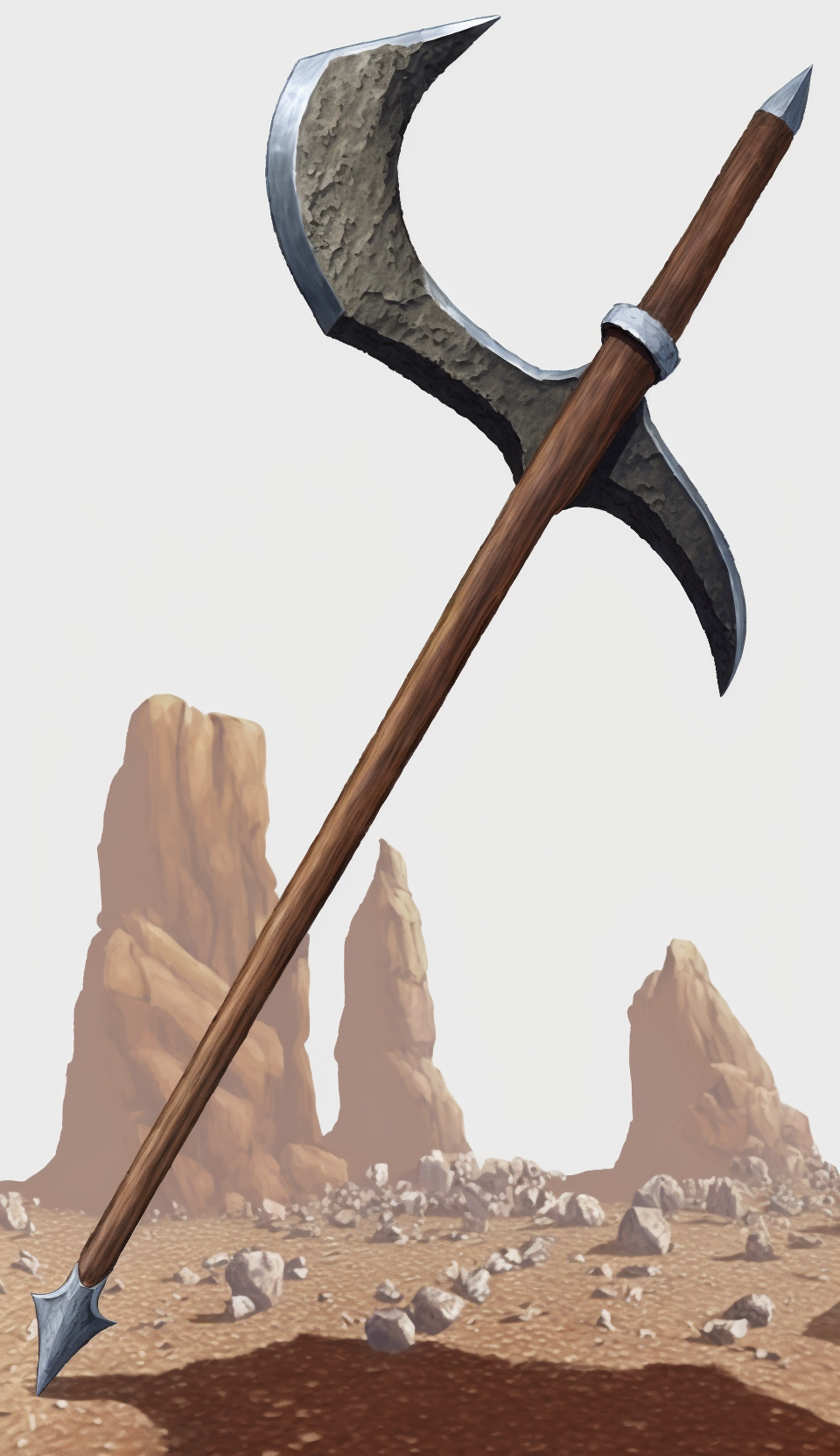
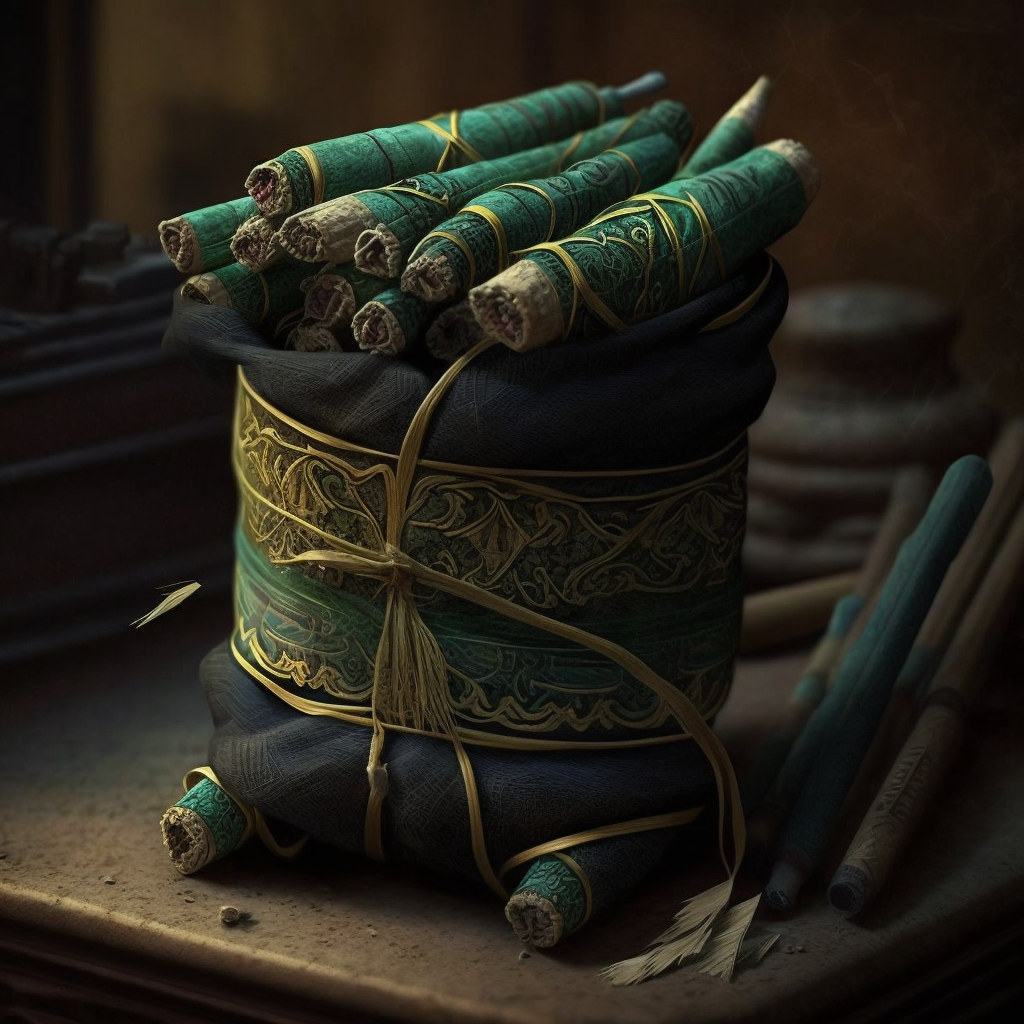
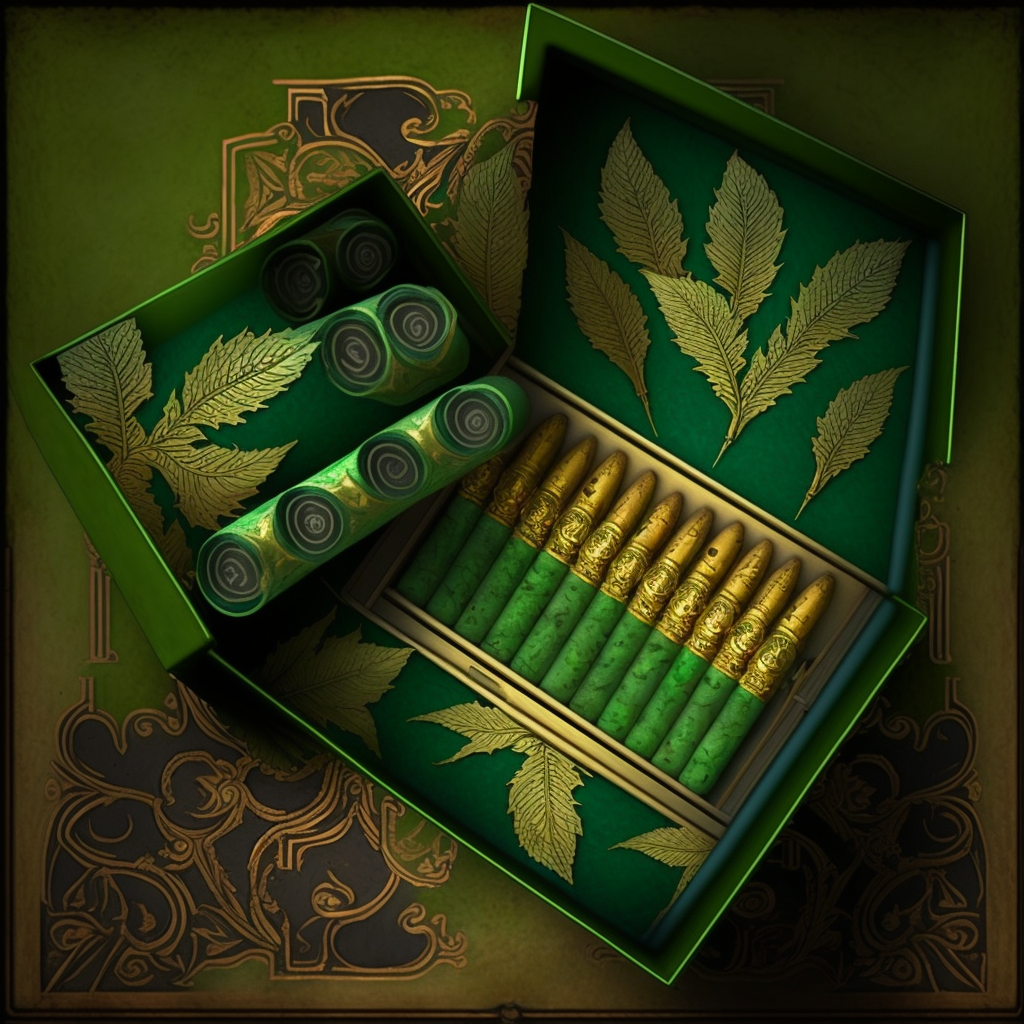
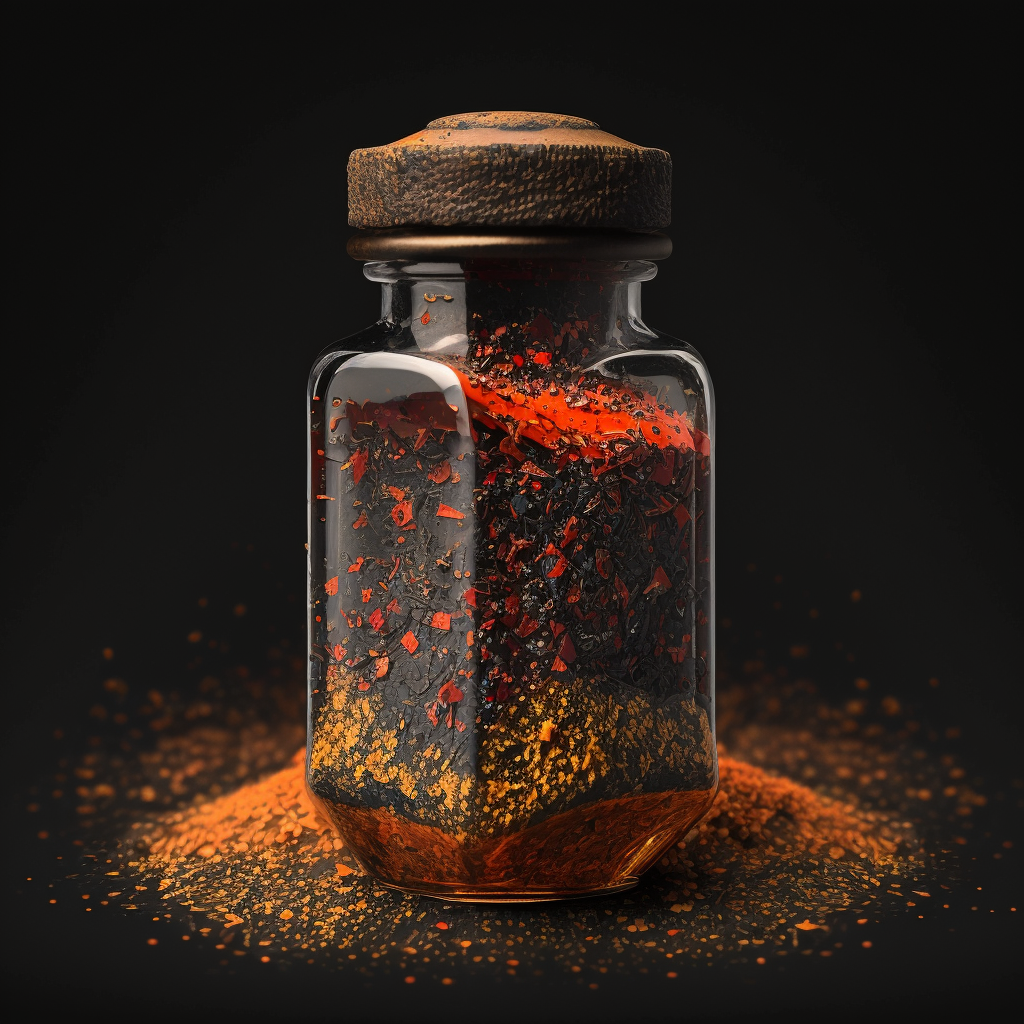
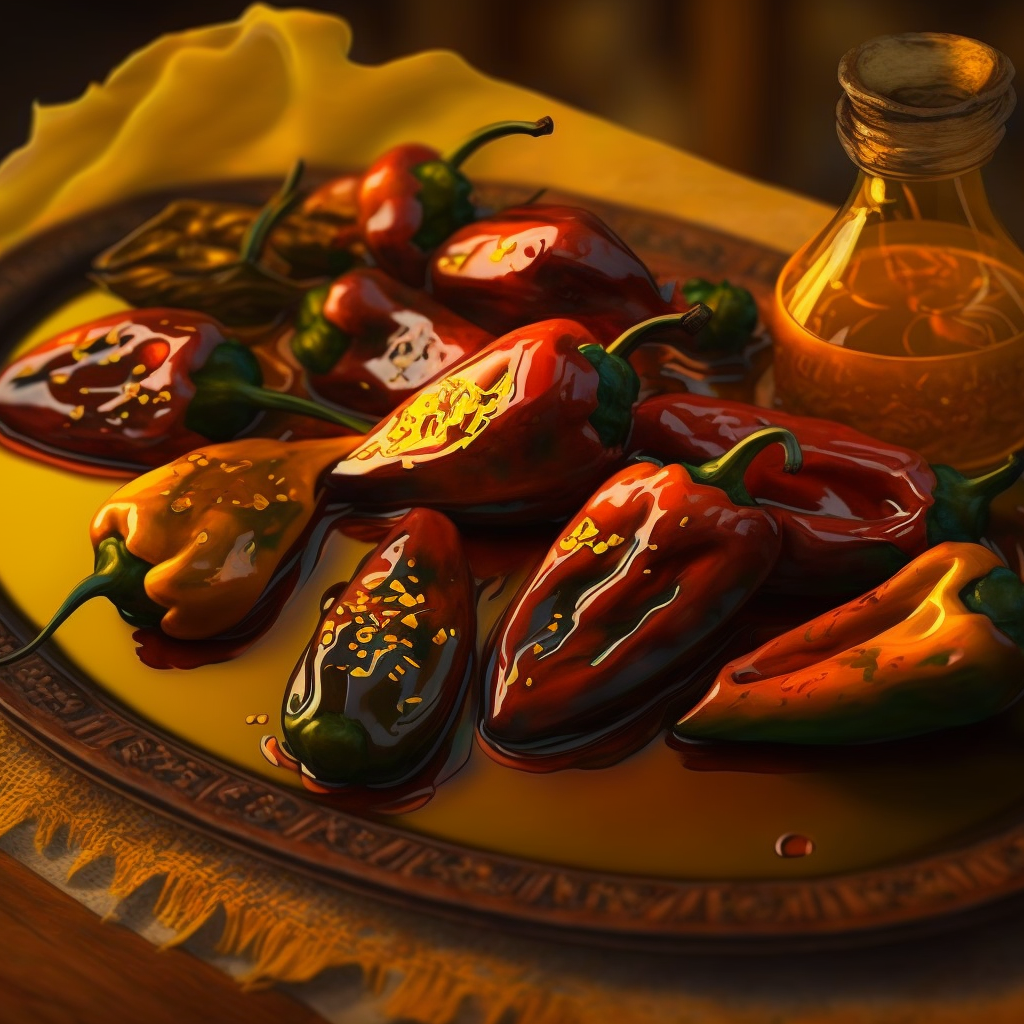
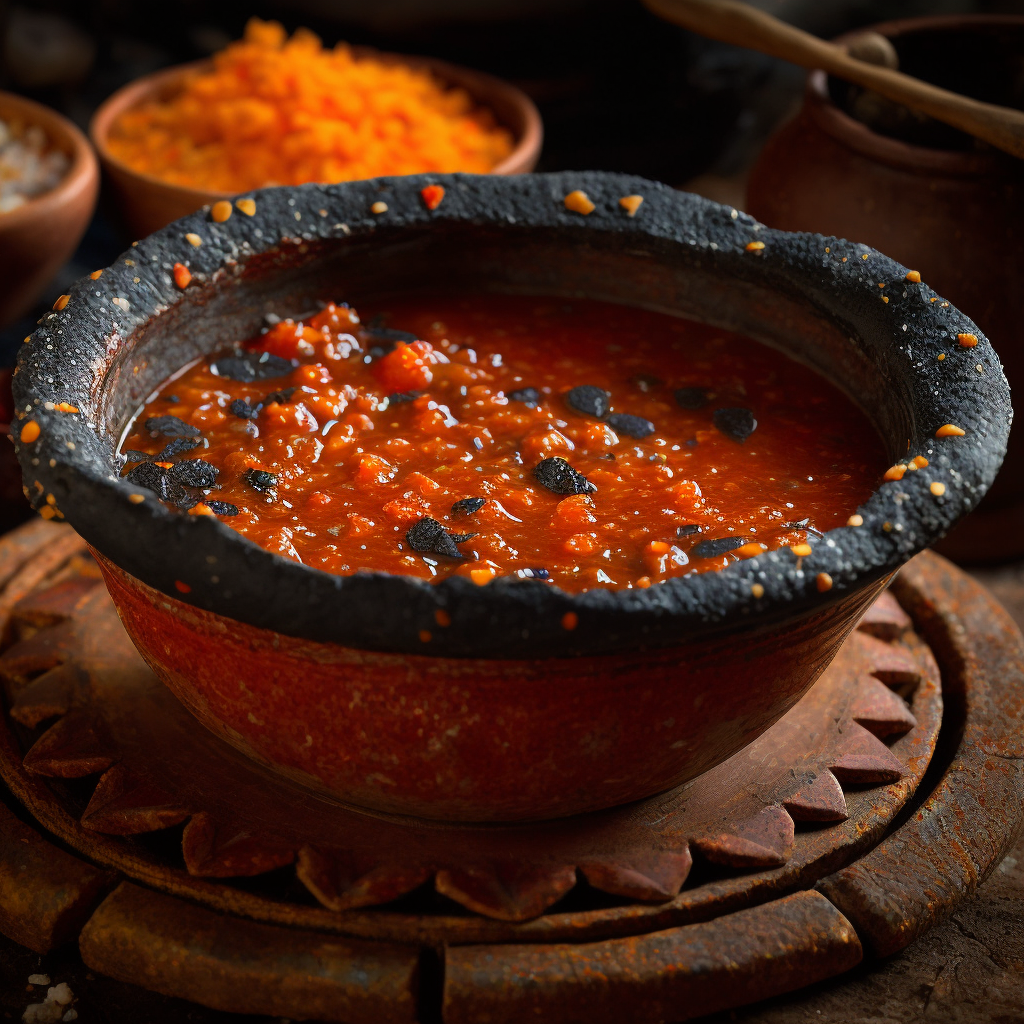
Oooo spicy tree fruit! :) And also leaf-drugs. I love how useful this plant is, for a variety of different things. :)